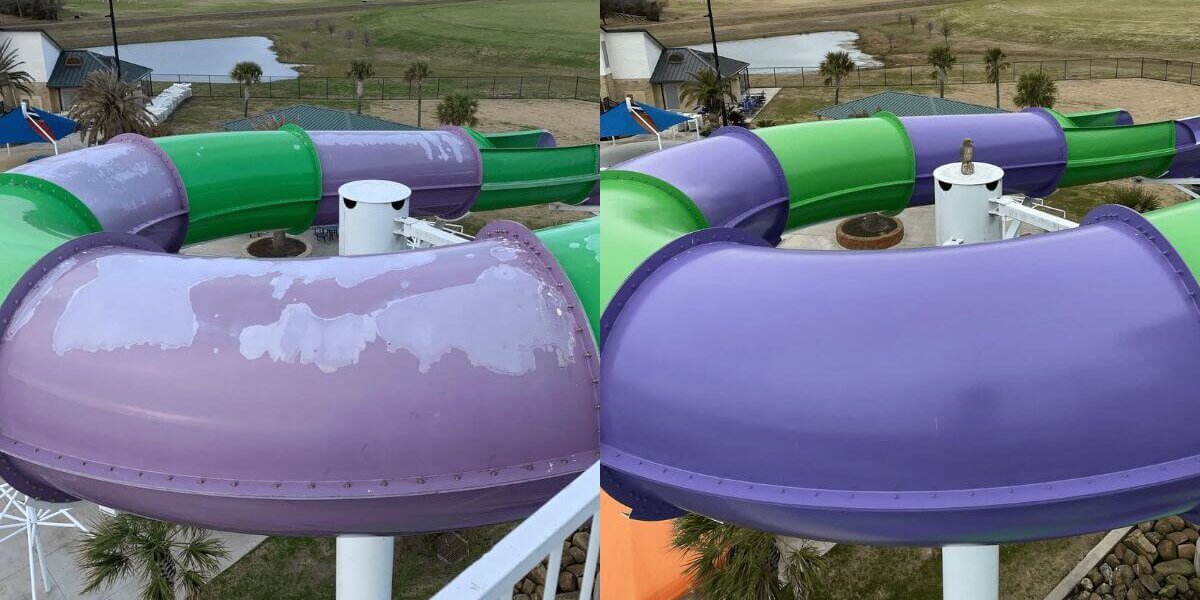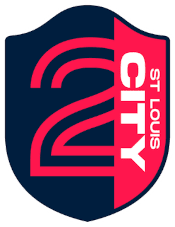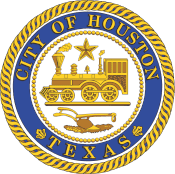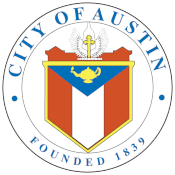A thriving water park demands consistent maintenance and regular upgrades to sustain visitor satisfaction and safety. One of the most important operational aspects is planning for restoration projects, which include equipment repairs, structural improvements, and general upkeep.
While restoration projects are essential, they require significant downtime, which disrupts daily operations and impacts revenue. Effectively coordinating such projects can minimize the impact of downtime while promoting a seamless customer experience.
Proper planning for water park downtime during a restoration will reduce inconvenience to park-goers, protecting your establishment’s positive reputation and ensuring smooth operations. The following strategies will help water park owners and managers plan efficiently for a restoration while focusing on safety and satisfaction.
Conduct a Comprehensive Assessment of Restoration Needs
Conduct a detailed inspection to identify areas requiring immediate attention or long-term upgrades. Examining water park equipment ensures that critical components, including slides, pools, and wave machines, get a thorough evaluation. Collaborate with technical and engineering experts to determine the scope of restoration needs.
Clearly understanding restoration priorities helps you allocate resources effectively and make cost-efficient decisions. Moreover, by identifying problems early, you can avoid severe damage down the line.
Schedule Restoration During Off-Peak Seasons
Timing plays a substantial role in minimizing the impact of downtime on water park visitors. Planning restoration work during off-peak seasons helps prevent disruptions in periods with high visitor attendance. When you analyze guest attendance patterns, you can identify the best time for such closures.
Announce predetermined schedules to guarantee guest anticipation and provide ample time for logistical adjustments. This planning optimizes downtime to avoid frustrated park-goers and revenue losses during peak seasons.
Communicate Restoration Plans Effectively
Transparent communication with stakeholders helps everyone remain informed about restoration timelines and goals. Utilize multiple platforms, including email newsletters, social media, and press releases, to effectively spread updates. Informing investors in advance builds trust and accountability.
Employees and management teams also benefit from clear guidelines regarding operational changes. Providing specific instructions enhances teamwork and readiness during restoration activities. All in all, open communication minimizes concerns and maintains positive relationships with everyone involved.
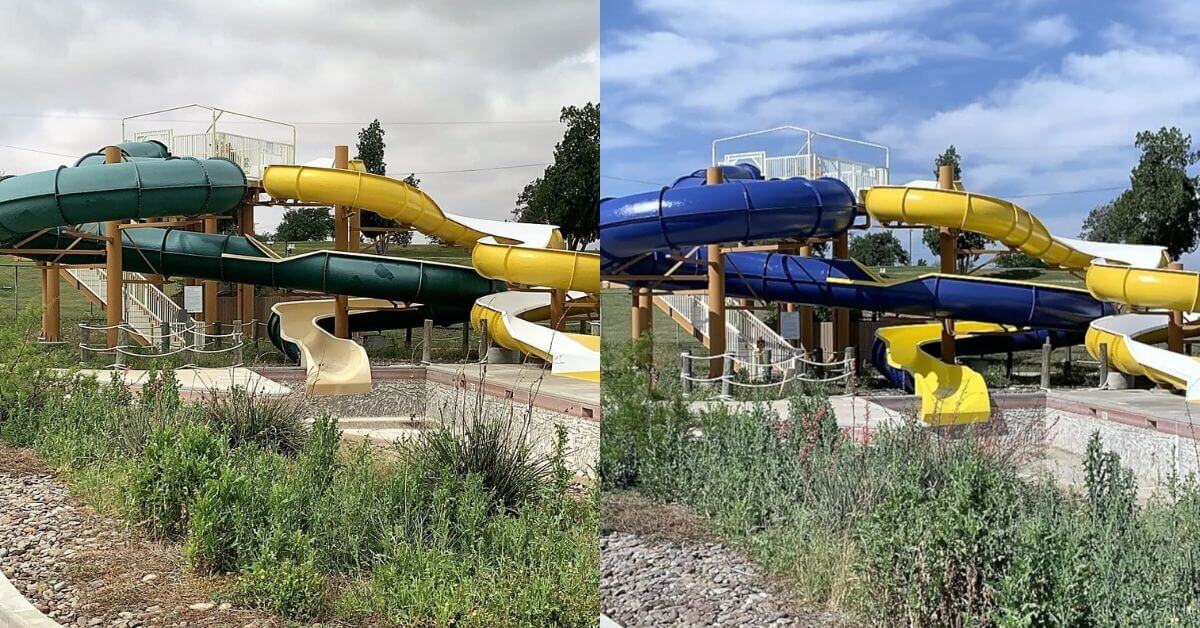 Invest in Quality Contractors and Materials
Invest in Quality Contractors and Materials
Securing reputable contractors and high-quality materials is vital to completing restoration work successfully. Research and hire specialists like Landmark Aquatic, experienced in water park restoration, to deliver professional results. High-quality handiwork directly impacts your park’s operational longevity and visitor safety.
For instance, if you’re focusing on waterslide restoration, seek certified manufacturers and use durable materials to maximize the slide’s lifespan. Reliable contractors ensure timely completion while meeting industry standards. This combination improves your water park’s infrastructure and overall guest experience.
Create a Detailed Restoration Timeline
Develop a clear restoration timeline that outlines each phase of the project to reduce uncertainties. Break the project into manageable sections to track milestones and monitor progress. Assign realistic deadlines to avoid potential overlaps or delays during construction.
Moreover, maintain flexibility within the timeline to accommodate unforeseen circumstances, such as weather delays or material shortages. Comprehensive timelines also help coordinate tasks among contractors, vendors, and staff. Overall, well-structured timelines facilitate smoother project completion and reduced downtime.
Allocate Budget and Resources Wisely
Budgeting encourages proper financial and resource allocation for each phase of the restoration project. Aim to do the following:
- Break down the overall budget into specific divisions for each phase of the restoration project to ensure thorough financial planning.
- Identify and analyze expenses for labor, materials, and contingencies to effectively control costs.
- Set aside an emergency fund to safeguard against unexpected expenditures or unforeseen risks.
- Work closely with financial experts to review the budget and assess project feasibility at each stage.
- Prioritize proper resource management to prevent overextending funds and maintain long-term fiscal health.
Enhance Safety Measures Throughout the Restoration Process
During restoration, maintaining the safety of visitors and employees should be a priority for management. Establish safety zones and post clear warning signs in areas under construction. Take precautionary steps to minimize hazards and comply with safety regulations.
Conduct regular inspections to ensure the worksite remains secure and accident-free throughout the project. Training employees on safety protocols can also prevent mishaps and enhance their preparedness for emergencies. With improved safety measures, restoration processes can hopefully proceed incident-free.
Offer Alternatives and Discounts to Guests
One of the most effective strategies for mitigating the impact of water park downtime is to provide alternatives and incentives for guests. Introduce temporary attractions or collaborate with nearby parks to offer shared experiences. Guests appreciate the effort you make to minimize inconvenience during their visit.
Announce discounts or special promotional offers to encourage loyalty and kindness. Communicate these offers clearly through marketing channels to reach existing and potential guests. Such initiatives ensure ongoing public interest in your park, even during temporary closures or disruptions.
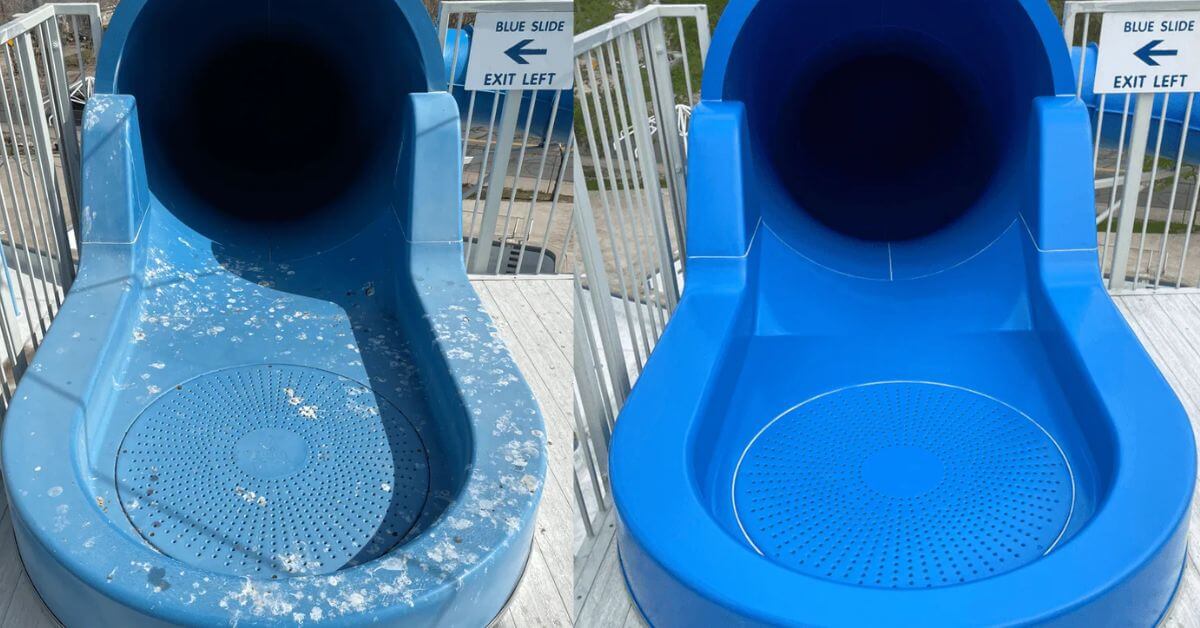 Monitor Restoration Progress Closely
Monitor Restoration Progress Closely
Assign a dedicated project manager to oversee and monitor every stage of the restoration process. They can provide regular progress reviews that keep the project on track with deadlines and reduce unexpected delays in project completion.
These managers must be ready to resolve potential issues promptly with the right solutions. They can also perform daily check-ins to keep contractors and team members accountable for their responsibilities throughout the project. During these check-ins, they can highlight areas that need improvement, thus fostering higher efficiency and productivity. Ultimately, extensive monitoring of progress contributes to an organized and effective restoration process.
Plan for a Grand Reopening
To host a successful grand reopening, plan an exciting event that highlights the water park’s upgrades and creates a memorable experience for visitors. Begin by organizing a dedicated launch day with themed activities, live entertainment, and special promotions, such as discounted entry tickets or family packages.
Implement a robust marketing strategy leading up to the event, including social media campaigns, local partnerships, and press releases to generate early excitement. Engage the audience with sneak peeks through captivating content such as before-and-after visuals, testimonials from workers or past visitors, and behind-the-scenes footage of the renovation process. By combining an engaging event with strategic promotional efforts, you can help your water park attract a diverse crowd to celebrate its transformation.
Successfully planning for water park downtime during a restoration requires careful attention to detail, clear communication, and a focus on short-term and long-term goals. By developing a structured plan that prioritizes safety protocols, effective budgeting, and transparent updates, you can help the restoration project remain on schedule and within budget.
While downtime can present challenges, it also offers an opportunity to innovate, modernize, and create a superior visitor experience. By viewing restoration as a strategic investment in your park’s future rather than an inconvenience, you can position your business for long-term success, increased attendance, and sustained customer satisfaction.

